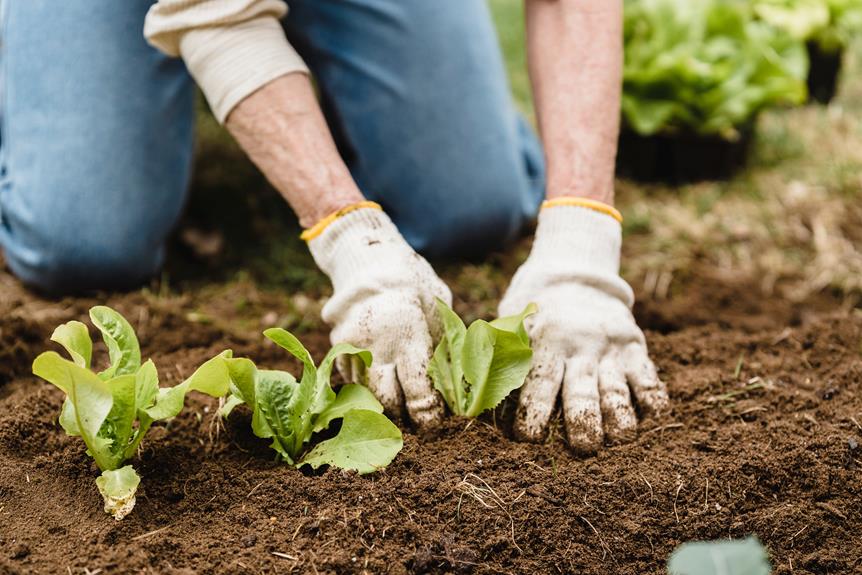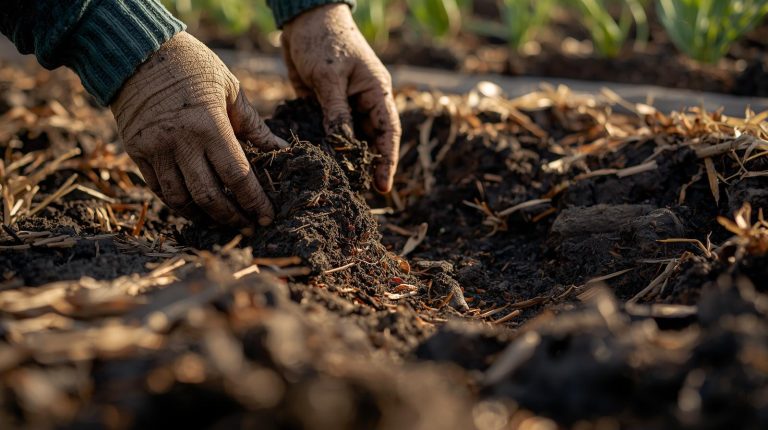You’ve heard the theory that an ounce of prevention is worth a pound of cure, and nowhere does this ring truer than in the realm of gardening. As you nurture your plants, you’re not just growing a garden; you’re cultivating a community where every leaf and bud counts. By adopting proactive garden care strategies, you’re taking the helm in protecting this green space.
It’s about knowing the signs of plant distress and responding before diseases take hold. You’ll learn to select resistant varieties, rotate crops, and enrich your soil, all while fostering a sense of unity with fellow gardeners who share your passion.
Together, you’ll keep a vigilant eye on your plants, ensuring that your garden remains a healthy, thriving sanctuary for all.
Identifying Common Pests
Before you can effectively combat plant diseases, it’s essential to recognize the common pests that often act as their harbingers in your garden. Insect pests, such as aphids and whiteflies, can introduce pathogens to your plants, leading to infections.
A rigorous pest control regimen is crucial for maintaining plant health. Utilizing organic pesticides can offer a safer alternative for you and the environment while reducing the risk of infected plants. It’s imperative to inspect your garden regularly for signs of pest infestation, as early detection is key to preventing the spread of disease.
Choosing Disease-Resistant Varieties
Your garden’s resilience can be significantly bolstered by selecting disease-resistant varieties, which are specifically bred to fend off common plant ailments. When you choose these varieties, you’re investing in the health and longevity of your garden community.
To optimize disease resistance, consider the following:
- Select plants with robust stems and vibrant leaves; these traits often indicate innate disease resistance.
- Purchase seeds and transplants from reputable dealers to ensure you’re introducing only the healthiest plants into your shared garden space.
- Avoid using seeds from diseased plants; this practice helps prevent the recurrence of diseases in subsequent growing seasons.
- Ensure good air circulation among plants and remove diseased leaves promptly to maintain a collective environment conducive to healthy plants.
Implementing Crop Rotation
In light of selecting disease-resistant varieties, you’ll also want to implement crop rotation in your garden to further shield your plants from disease. Strategically rotate crops to different parts of your garden annually, ensuring that you avoid following one plant with a relative from the same family, as this can perpetuate disease cycles.
Such preventative measures break the chain of infections that thrive in stationary conditions favorable for disease. By allowing the soil to recover, you mitigate the risk of pathogens that may linger in plant tissues or fallen leaves. Craft a meticulous rotation schedule to optimize the benefits of this practice.
When you systematically change the environment, you’re creating a community where plants support each other’s health, fostering a sense of holistic well-being for your entire garden.
Enhancing Soil Health
Continuing your garden’s disease prevention strategy, enhancing soil health is your next critical step. Here’s how to ensure the vitality of your soil ecosystem:
- Avoid planting the same crops in the same location; rotate them to minimize disease carryover.
- Make sure to clean the site, removing all plant debris that could harbor pests and pathogens.
- Incorporate organic mulches to not only conserve moisture but also to introduce beneficial microorganisms that compete with disease agents.
- With years of experience, you’ll understand that pruning for air circulation and watering at the base of plants and plant stems can significantly reduce disease incidence.
Regular Monitoring and Maintenance
Every garden requires vigilant oversight; you’ll need to inspect your plants regularly to catch any signs of disease early on. Monitoring is a systematic task; allocate at least 20 minutes weekly to examine each plant. Be on the lookout for discoloration, spots, or wilting, which might indicate a pathogen’s presence. Diseases can be spread by wind or splashing water, making close observation critical.
Inspect plants in the early stages of growth with particular care, as they’re more susceptible to environmental stressors. Immediate removal of affected plant material can prevent the disease from spreading.
Integrate these maintenance practices into your routine to foster a sense of community within your garden, where every plant thrives in healthy coexistence, shielded from disease by your proactive care.
Conclusion
As you nurture your garden, envision it as a living mosaic, vibrant and resilient. Choose disease-resistant seeds as your foundation stones, rotate your crops like shifting seasons to outpace pathogens, and enrich the soil like a master painter primes a canvas.
Keep a watchful eye, pruning and guiding growth, as a curator preserves priceless art. Your diligence is the barrier against disease, ensuring each plant thrives in the tapestry of your carefully crafted horticultural haven.




